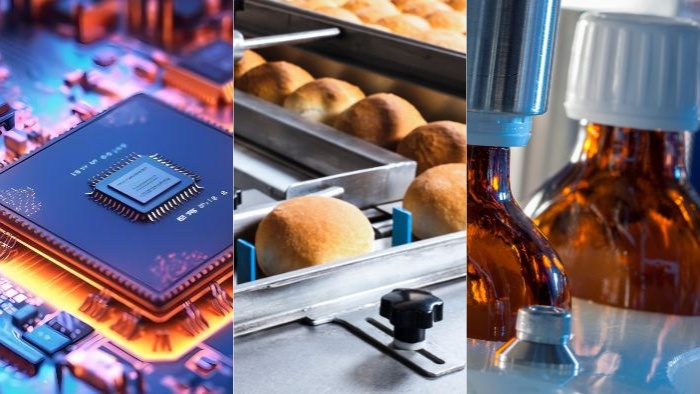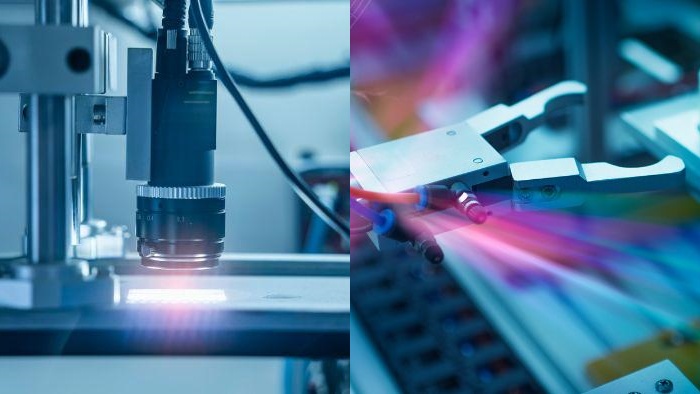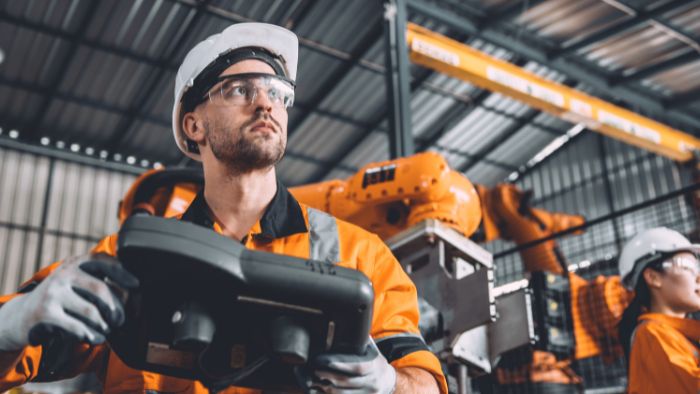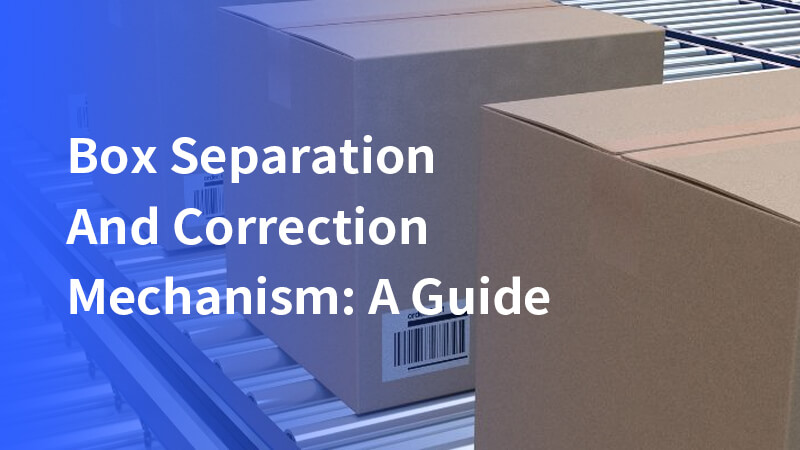The box separation and correction mechanism is very important in modern packaging lines. It helps ensure efficiency and accuracy when processing boxes. A detailed description of the mechanism will follow in the article.
Box separation mechanism of the present invention
Definition and principle
The box separation mechanism is a system that separates boxes from a continuous flow. It creates evenly spaced intervals between boxes. This spacing is important so each box can be processed individually later without interference.
The mechanism works using mechanical or gravity methods. The difference in pressure (ΔP) helps achieve the separation.
Common separation methods
There are several common methods for separating boxes. Gravity separation uses the force of gravity. It employs sloped surfaces or ramps to create space between boxes as they move. Mechanical separation uses tools like rollers, paddles, or pushers to actively separate boxes.
For example, in a gravity separation system, boxes can be placed on an inclined conveyor belt. Gravity helps create gaps between the boxes as they move downward.
Applications of separation mechanisms
Box separation mechanisms are used in many industries, including electronics, food processing, and pharmaceuticals. Each industry has specific needs for separation based on the size, weight, and material of the boxes.
Challenges in separation
Even though separation mechanisms are helpful, they can face problems. Boxes might get stuck or not separate evenly. Solutions to these issues include adjusting machine settings, using different materials, or adding sensors. These sensors can detect jams and help fix them automatically.

Box correction mechanism
Definition and principle
The box correction mechanism adjusts the position or orientation of boxes on a production line. This adjustment ensures that each box is aligned correctly for labeling, sealing, or other operations.
Common correction methods
There are several common methods for correcting box positions. Vision-guided systems use cameras or sensors to find misalignments. These systems automatically adjust the box’s position.
Another method is mechanical correction, which uses arms or guides to push boxes into the right spot. Electrostatic separation techniques can also help. They use an electric field to influence charged particles, aiding in the precise adjustment of boxes.
Applications of correction mechanisms
Box correction mechanisms are important in packaging lines where precise positioning matters. This is especially true in the pharmaceutical industry. Even small misalignments can cause errors in labeling or packaging.
Challenges in correction
Some common challenges include problems with detection or adjustment. These issues can lead to boxes staying misaligned. To fix these problems, improvements in sensor technology and algorithms are needed. This will help ensure more accurate and reliable corrections.

Integration of box separation and correction mechanisms
The importance of integration
Integrating box separation and correction mechanisms is very important for smooth packaging. When these systems work together, they ensure boxes are separated and positioned correctly for the next steps. This teamwork improves the overall function of the system.
Designing integrated solutions
Creating an integrated system means combining both mechanisms into one unit. This unit should handle different box sizes and materials. Effective integration often needs custom designs that fit the specific needs of the production line. The performance of the integrated system greatly affects the efficiency and accuracy of the packaging process.
Viallabeller’s pharmaceutical labeling machines use this separation and guiding structure. They provide various solutions, including tamper-evident labeling options.
Future trends in box separation and correction mechanisms
Automation and smart technology
This invention brings a new way to handle box separation and correction. The future of these mechanisms will focus on more automation and smart technology. Innovations like AI-driven controls and real-time adjustment systems will improve efficiency and flexibility.
New materials and technologies
Advances in materials science and mechanical engineering will introduce new parts and designs. These improvements can make box separation and correction systems work better. This invention has unique features that increase durability and speed compared to older technologies.
These innovations could create mechanisms that are stronger, faster, and more reliable. The close connection between new materials and their uses could change how efficient and functional these systems are.

Conclusion
In conclusion, the box separation and correction mechanism is a fundamental part of modern packaging lines, ensuring that boxes are properly spaced and aligned for further processing.
As industries continue to evolve, the integration and advancement of these mechanisms will be key to maintaining high efficiency and quality in production processes. The future holds exciting possibilities for further innovation, driven by automation and new technologies, which will continue to shape the packaging industry.







